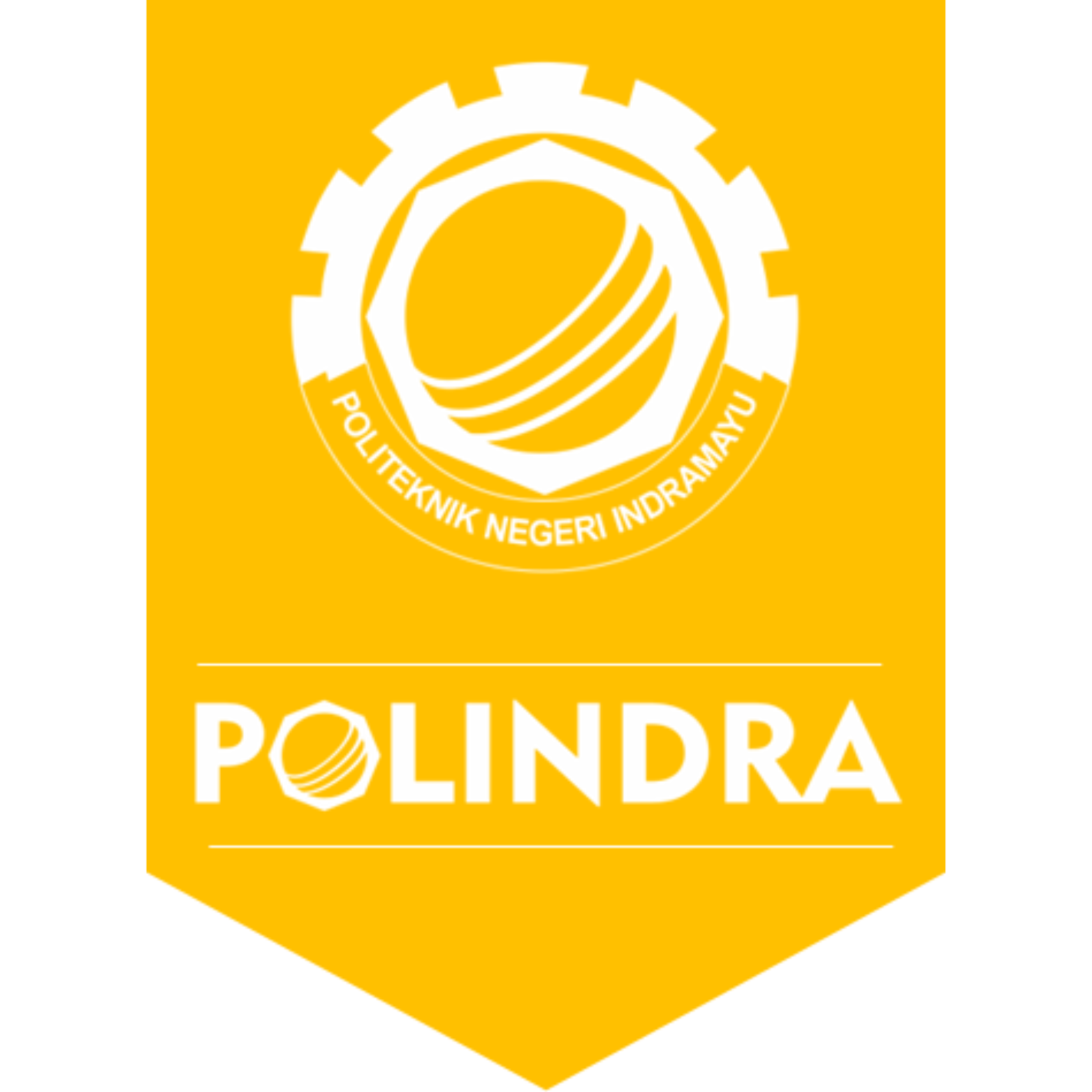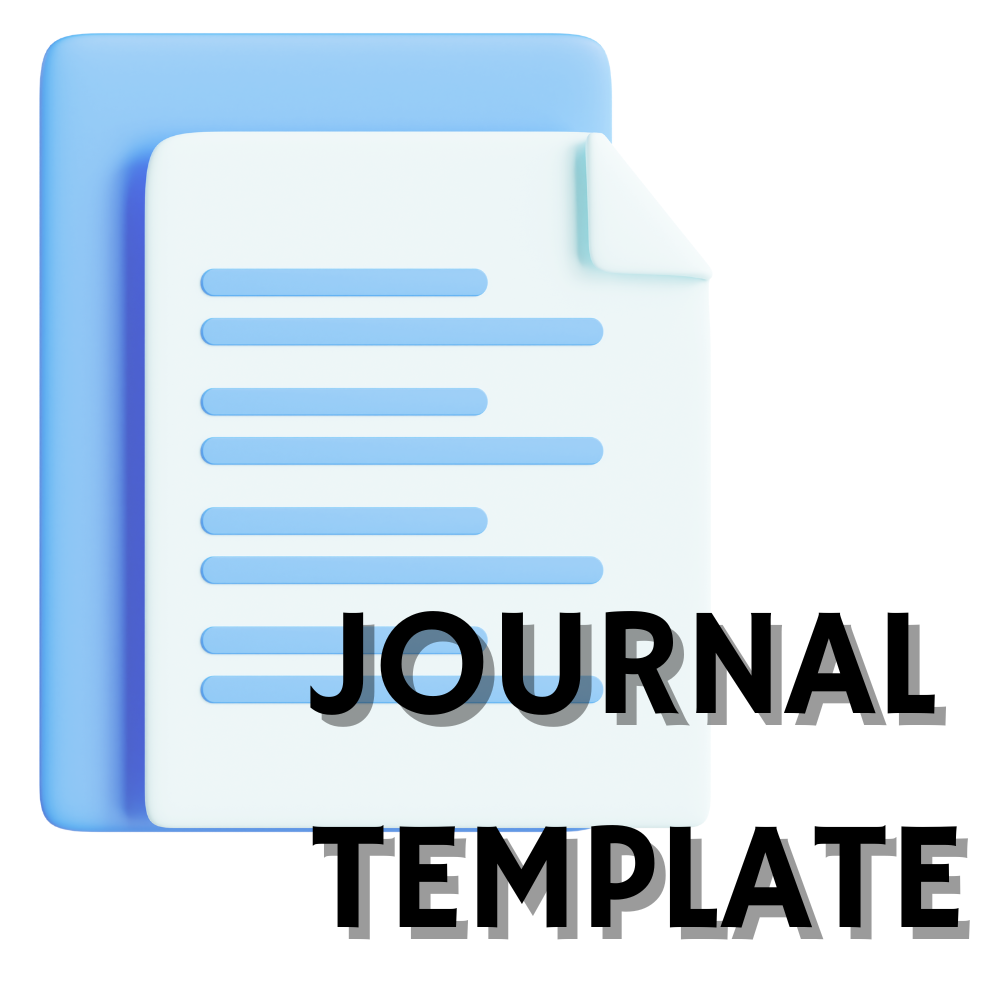Uji Efektivitas Daya Antibakteri Ekstrak Alga Terhadap Pertumbuhan Bakteri Patogen Streptococcus Mutans
Laboratory Research
DOI:
https://doi.org/10.31884/jovas.v1i1.7Abstract
Background: Steptoccocus mutans is one of flora normal bacteria in the human body which can cause infections in the mouth cavity. Algae are plant-like organisms that may be found in a marine ecosystem. Recents studies have reported that algae contains numerous pharmacological activities compounds, such us: antibiotic, cytotoxic, antifungal, anti virus and antitumor. Purpose: this research aimed to know the antibacterial activity of algae extract against the growth of pathogen bacteria Streptococcus mutans. Methods: Algae were extracted by using aquades.The inhibition test was performed by agar diffusion method on Glucose Nutrient Agar (GNA) using three types of algae extracts: Eucheuma cottoni, Turbinaria decurrens and Ulva reticulata on the incubation period 1x24 and 2x24 hours at 37◦C. Data collection technique was based on the results of measuring the diameter of the inhibition zone (clear zone) for the growth of Streptococcus mutans bacteria using a caliper. The data obtained were analyzed using quantitative descriptive analysis methods. This data analysis was processed to see if there was a difference in antibacterial power from extract algae samples. Results: U. Reticulate algae extract formed a clear zone 11.2 mm in diameter at 1x24-hour incubation, and 10.3 mm at 2x24-hour incubation. T. deccurens formed clear zones 12.7 mm in diameter at 1x24-hour incubation, and 11.4 mm at 2x24-hour incubation. E. cottonii formed clear zones 10.1 mm in diameter at 1x24-hour incubation, and 9.3 mm at 2x24-hour incubation. Conclusion: Extracts of T. decurrens have the most potential in inhibiting the growth of pathogenic microbes of S. mutants.







